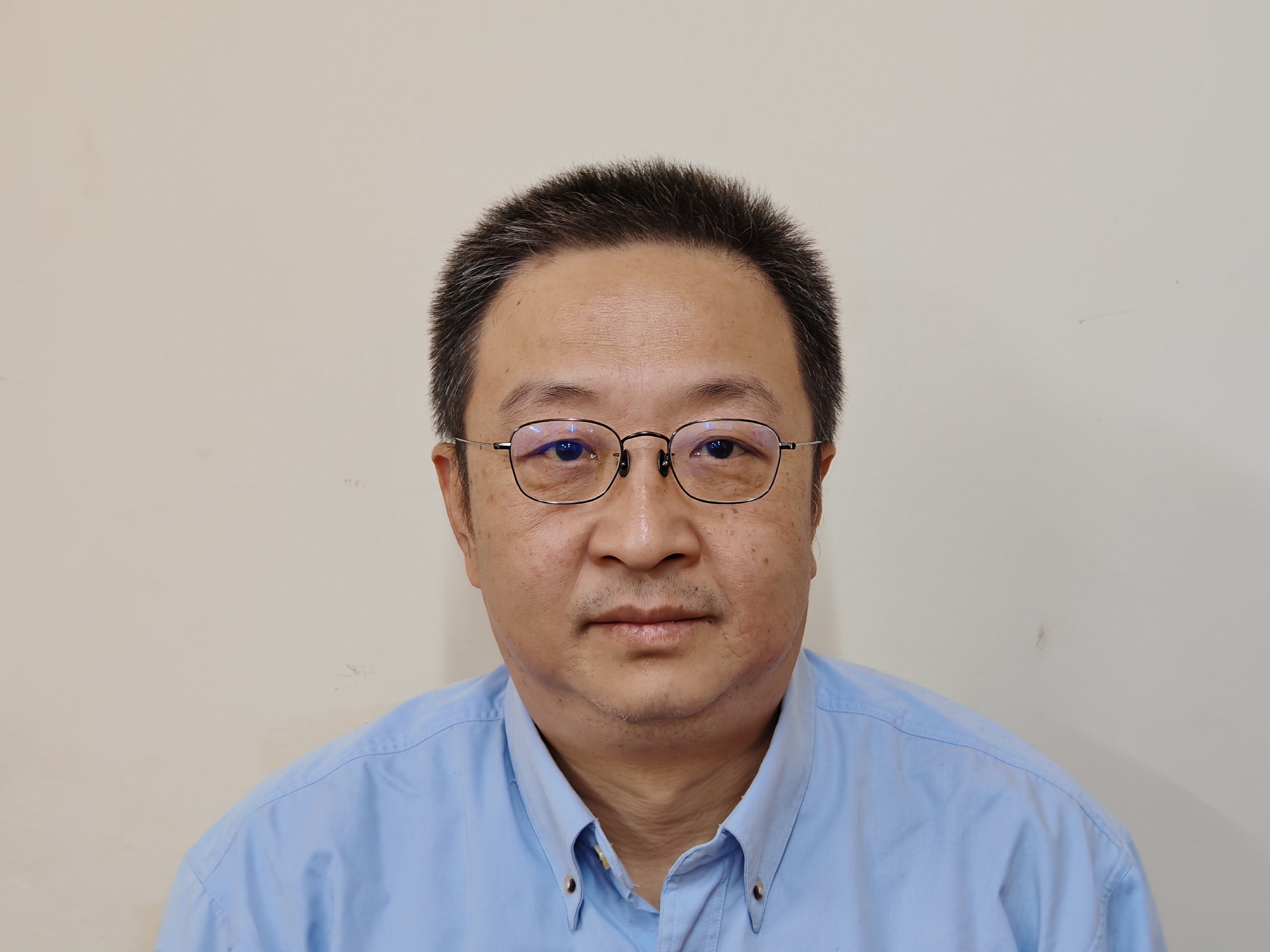Biography
Professor, College of Chemistry and Molecular Engineering, Peking University(2001- present)
Professor, School of Life Sciences, Peking University (2001- present)
Research Associate, The Scripps Research Institute, USA (1997-2001)
Ph.D. in Biophysics, University of Wisconsin-Madison, USA(1997)
B.S. in Biophysics & Physiology, Peking University(1989)
Research Interests
Nuclear magnetic resonance (NMR) spectroscopy is an essential technique for determining high-resolution three-dimensional structures of biomacromolecules. It allows for the study of biomolecular structures in solution environments that closely resemble physiological conditions. NMR is also an important technique for investigating the dynamic properties of biomacromolecules, as well as their interactions with other biomolecules and small molecules. Currently, our laboratory is mainly interested in using solution-state NMR, combined with methods from analytical chemistry and molecular biology, to study the structures-function relationship of bacterial transcription regulators, aiming to uncover their molecular mechanisms in the virulence and antibiotic resistance gene expression regulation of pathogenic bacteria.
Awards
Cheung Kong Scholar Award (2001)
National Science Fund for Distinguished Young Scholars (2001)
Selected Publications
Liu F, Xu J, Hu X, Duan B*, Xia B*. Quantitative real-time in vitro transcription assay (QRIVTA) for transcriptional regulation studies. Protein Cell doi:10.1093/procel/pwae054 (2024).
Zhai Q, Duan B, Lin C, Liu J, Zhang L, Xia B*. “DNA binding mechanism of WhiB4 from Mycobacterium tuberculosis”, Mag Res Lett 2: 17-27 (2022).
Yuan Z, Qu Z, Duan B, Wang T, Xu J, Xia B*. “Is amyloid fibrillation related to 3D domain swapping for the C-terminal domain of SARS-CoV main protease?”, Int J Biol Macromol 197: 68-76 (2022).
Duan B*, Ding P, Navarre WW, Liu J, Xia B*. “Xenogeneic silencing and bacterial genome evolution: mechanisms for DNA recognition imply multifaceted roles of xenogeneic silencers”, Mol Biol Evol 38: 4135-4148 (2021).
Huang Q, Duan B, Qu Z, Fan S*, Xia B*. “The DNA recognition motif ofGapR has an intrinsic DNA binding preference towards AT-rich DNA”, Molecules 26: 5776 (2021).
Duan B, Fu D, Zhang C, Ding P, Dong X*, Xia B*. “Selective Nonmethylated CpG DNA Recognition Mechanism of Cysteine Clamp Domains”, J Am Chem Soc 143: 7688-97 (2021).
Huang Q, Duan B, Dong X, Fan S, Xia B*. “GapR Binds DNA through Dynamic Opening of Its Tetrameric Interface”, Nucleic Acids Res 48:9372-86 (2020).
Liao Y, Duan B, Zhang Y, ZhangX, Xia B*. “Excessive ER-phagy mediated by the autophagy receptor FAM134B results in ER stress, the unfolded protein response, and cell death in HeLa cells”, J Biol Chem 294:20009-23 (2019).

